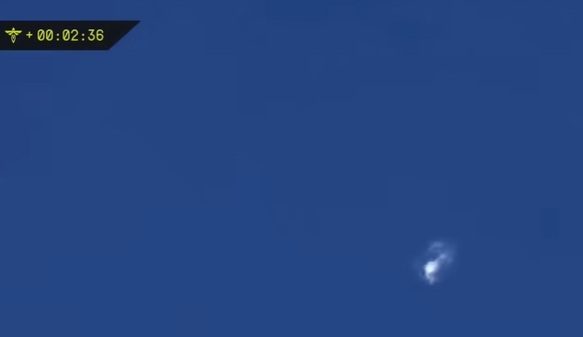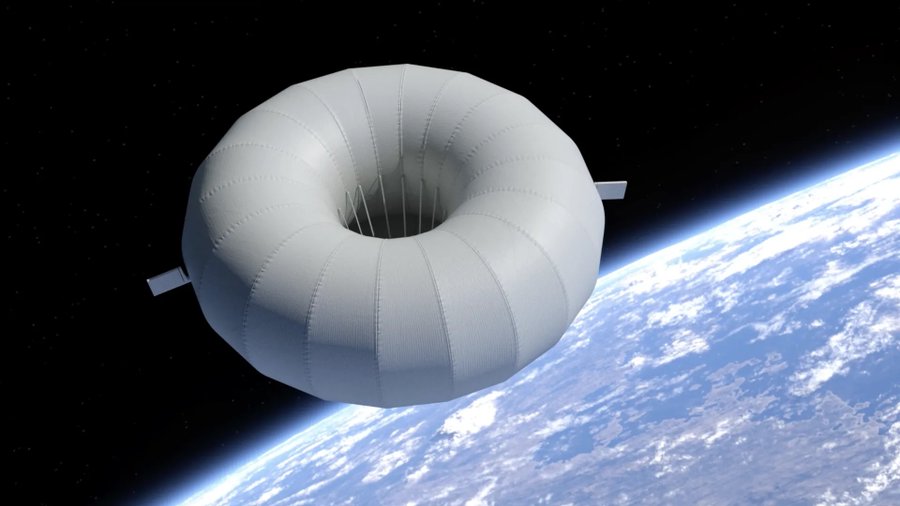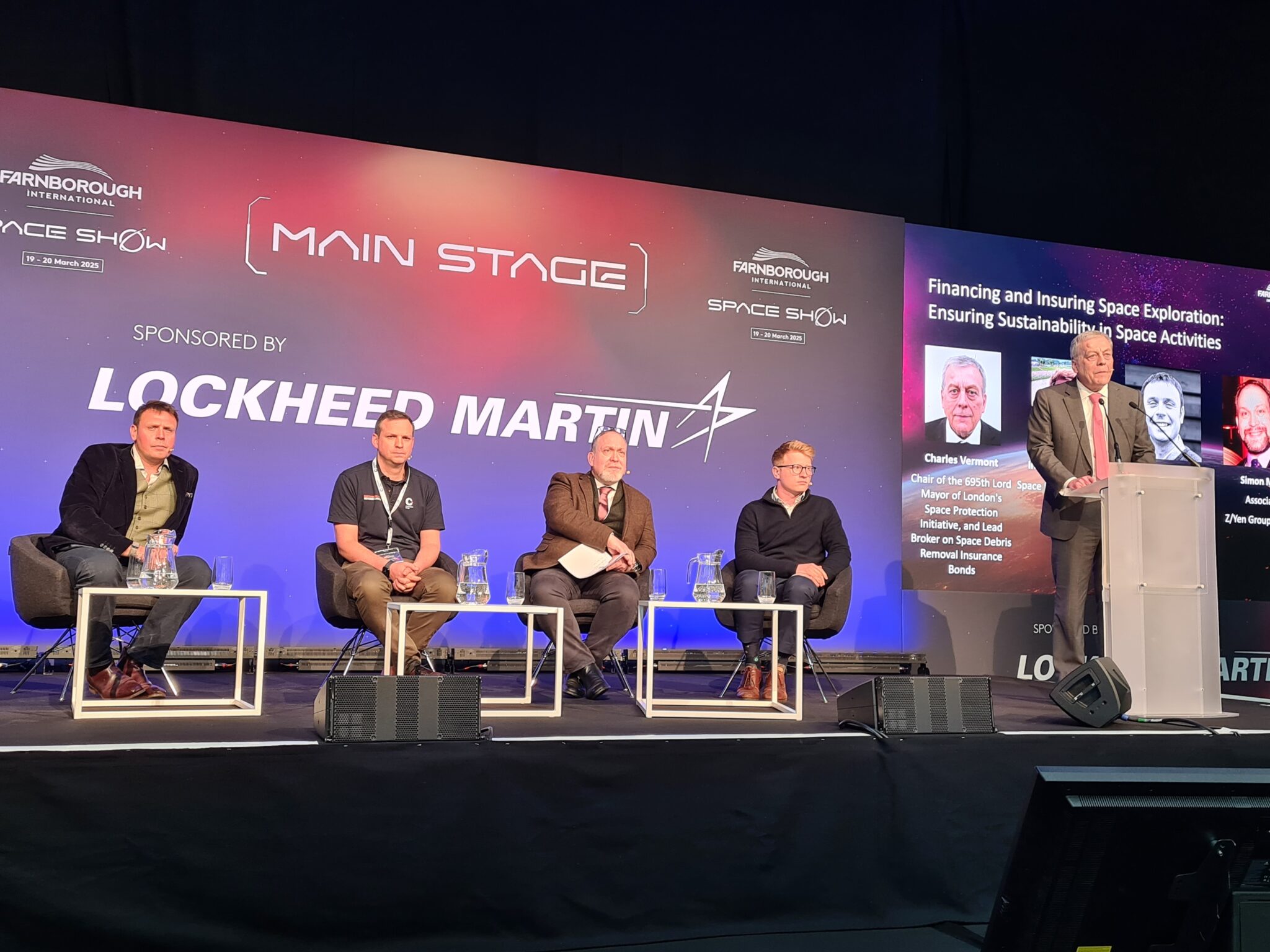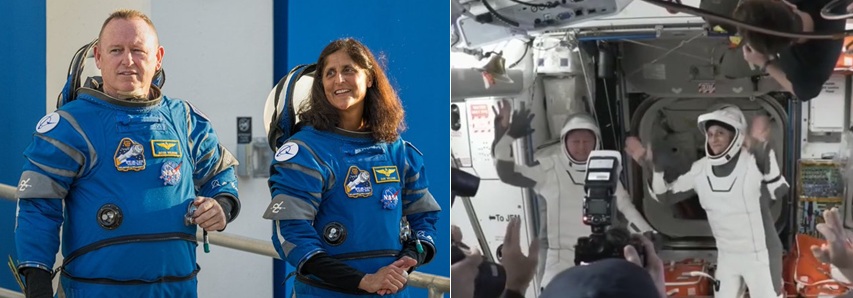While it may only have a few flights left in its career, Rockot is still working well. A Rockot/Breeze KM successfully launched the 1150kg Sentinel-3A spacecraft on behalf of the European Space Agency at 1757 GMT on 16 February 2015 from the Plesetsk launch site in Northern Russia.
After a first burn starting about five minutes after lift-off and a second about 70 min later, Rockot’s upper stage delivered Sentinel-3A into its planned orbit, 815km above Earth. The satellite separated 79 min into the flight.
The first signal from Sentinel-3A was received after 92 min by the Kiruna station in Sweden. Telemetry links and attitude control were then established by controllers at ESA’s ESOC operations centre in Darmstadt, Germany, allowing them to monitor the health of the satellite.
After the launch and the early orbit phase of three days, controllers will begin checking that all the satellite elements are working and subsequently calibrate the instruments to commission the satellite. The mission is expected to begin operations in five months. While the spacecraft has a minimum design life of five years, it carries fuel to last nearly five times that long.
The mission has been launched as part of Europe’s Copernicus environmental monitoring network. Sentinel-3A measures ocean temperature, and colour and height of the sea surface as well as the thickness of sea ice. Over land, the spacecraft will monitor wildfires, map the way land is used, check the health of vegetation and measure the height of rivers and lakes.
Update: Earlier in February, Thales Alenia Space received the formal order from the European Space Agency (ESA), with a contract worth €450 million, to build the Sentinel-3C and D environmental monitoring and oceanographic satellites for the European program Copernicus.







